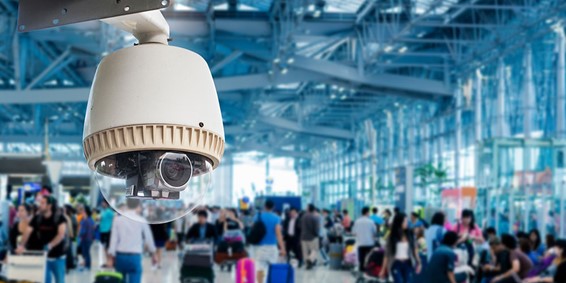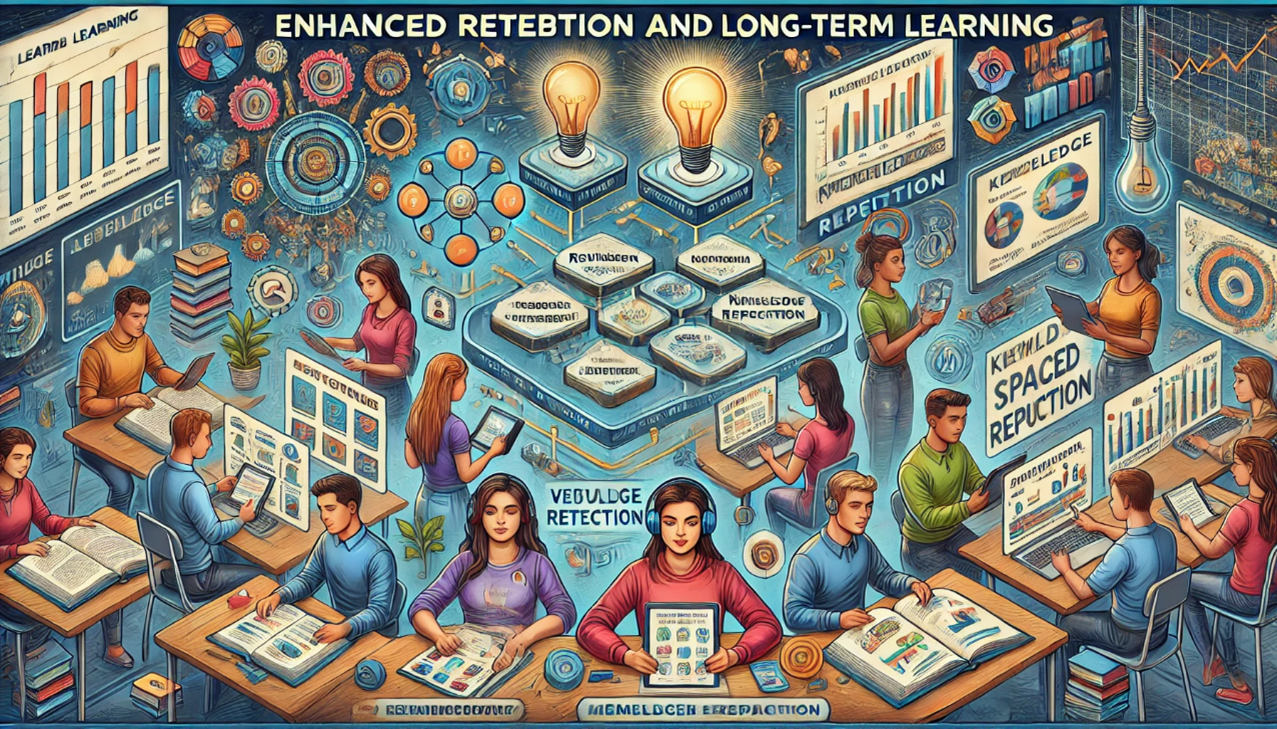Can technology foster greater transparency in government, or does it lead to more surveillance?

Can technology foster greater transparency in government, or does it lead to more surveillance?
by Maximilian 03:24pm Jan 02, 2025

Technology has the potential to both foster greater transparency in government and increase surveillance, depending on how it is used and the policies in place. The impact of technology on transparency and surveillance is nuanced, and it can be seen as a double-edged sword.
Technology as a Tool for Greater Transparency
Open Data Initiatives: Technology enables governments to share vast amounts of public data in accessible formats, allowing citizens to track budgets, government spending, and policies. This can lead to more informed citizens, greater accountability, and improved governance.
E-Government Platforms: Digital platforms for citizen engagement, like online petitions, feedback forms, and public consultations, offer a way for the public to engage with government actions in real-time. This openness increases transparency in decision-making.
Real-Time Tracking and Reporting: Technologies such as blockchain can be used for transparent voting systems, ensuring that elections are secure and tamper-proof. Similarly, real-time tracking of government projects and contracts can reduce corruption by allowing public oversight.
Whistleblowing and Freedom of Information: Advances in encryption and secure communication tools have helped facilitate whistleblowing, empowering insiders to reveal government wrongdoing without fear of retaliation. This can uncover corruption or abuses of power that might otherwise be hidden.

Technology Leading to More Surveillance
Surveillance Technologies: Governments can use technology to implement surveillance systems, such as facial recognition, location tracking, and monitoring of digital communications. These technologies can be used to track citizens’ movements and behaviors, potentially infringing on privacy.
Big Data and AI: Governments have the ability to collect vast amounts of data on individuals, from online activities to purchasing habits. AI and data analytics can then be used to predict behaviors, identify potential threats, and make decisions, often without sufficient transparency or oversight.
Censorship and Control: Technology can also be employed by authoritarian regimes to monitor and censor the internet, restricting access to information and suppressing dissent. This creates a form of digital surveillance that stifles transparency.
Legal and Regulatory Gaps: As surveillance technologies evolve, legal frameworks often lag behind, leaving citizens vulnerable to abuse. Without clear safeguards, the collection and use of data by governments can cross the line from legitimate oversight to invasive surveillance.

Balancing Transparency and Privacy
Ultimately, the balance between transparency and surveillance depends on several factors:
Governance and Policy: Laws and regulations can ensure that technology is used for the benefit of the public while protecting individual privacy rights. For example, data protection laws like the GDPR in Europe aim to safeguard citizens' data while still enabling transparency.
Accountability and Oversight: Independent bodies and citizen watchdog groups can monitor government use of technology, ensuring that surveillance is not used to undermine transparency or to violate privacy rights.
Public Awareness and Participation: Citizens must be educated about the implications of new technologies and their rights. Public awareness and participation in decisions about the use of technology can prevent governments from overreaching.
In conclusion, while technology has the potential to enhance government transparency by making data and decision-making processes more accessible, it also creates the risk of increased surveillance. The outcome depends largely on how technology is regulated and how well democratic safeguards are maintained to ensure privacy and accountability.






